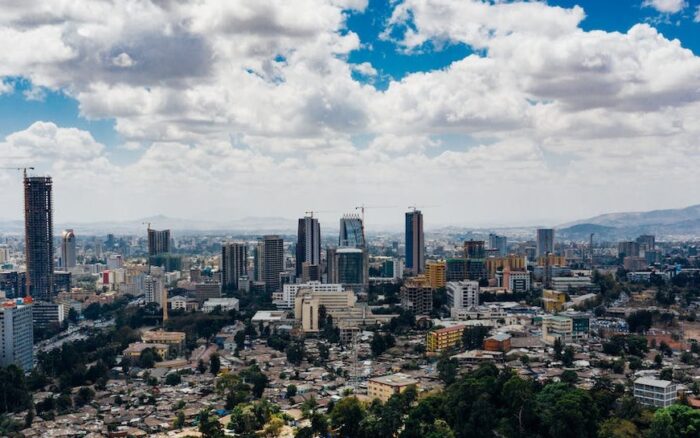
Labor Market Shows Cracks as Tariffs Threaten Growth
Tariffs introduced earlier in the year have weighed on sentiment and inflation expectations and are contributing to growing strain across the economy.
- 2Q25

Tariffs introduced earlier in the year have weighed on sentiment and inflation expectations and are contributing to growing strain across the economy.

Economic fundamentals remained steady during the first quarter of 2025, however, immense concerns about tariffs and trade wars have created an uncertain outlook for inflation and economic growth.

US economic strength and growth surprised to the upside over the course of 2024, resulting in an updated yearend forecast of more restrictive monetary policy through fewer rate cuts in 2025.

The Federal Reserve’s September rate cut sends a strong signal that the Fed is starting to loosen its grip on restrictive monetary policy. The pace of easing, however, remains uncertain.

A cooling labor market and consumer spending reverting to historical norms demonstrate progress towards the Fed’s goal of inflation sustainably moving lower.

Strong first quarter inflation, combined with a robust labor market, has tempered expectations for the timing and magnitude of rate cuts in 2024.

2023 ended with stronger than predicted economic growth, low unemployment, and moderating inflation. Although consumers and businesses feel better about the economy compared to the start of last year, there remain risks to economic growth and inflation. At the same time, the CRE market continued to cool, with lower transaction volume & pricing.

The US economy continues to grow at a faster pace than expected, despite higher interest rates. However, there are increasing risks and uncertainty stemming from prolonged tighter credit conditions, political dysfunction, and geopolitical tensions.

Despite interest rates increasing at the fastest pace in nearly 40 years and inflation still running at elevated levels, the US economy has been more resilient than expected due to the strong labor market and healthy levels of consumer spending. The Fed is in a difficult position to achieve its long-term goal of price stability as inflation is running higher than it would like despite the economy continuing to show signs of moderating.

Following a year of aggressive monetary policy by the Fed, both inflation and the labor market are showing signs of cooling. However, inflation remains higher and the labor market remains tighter than the Fed would like. Furthermore, the recent turmoil in the banking industry has exacerbated the Fed’s challenge of cooling the economy without overtightening.

The Fed moved to curb inflation by rapidly raising interest rates, taking them to their highest levels since 2007. Although inflation has shown signs of moderating, the labor market has remained strong, putting the Central Bank in a difficult position as it attempts to bring inflation back to its 2% target without causing a recession.
Join the Alpha Investing Newsletter for updates on our company.